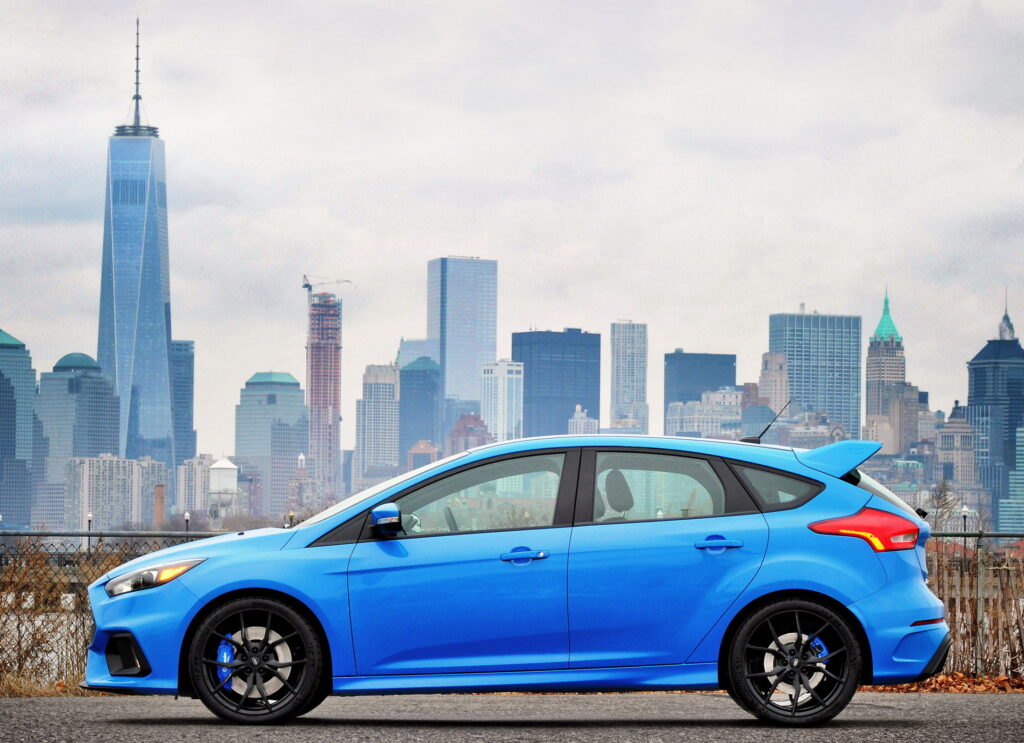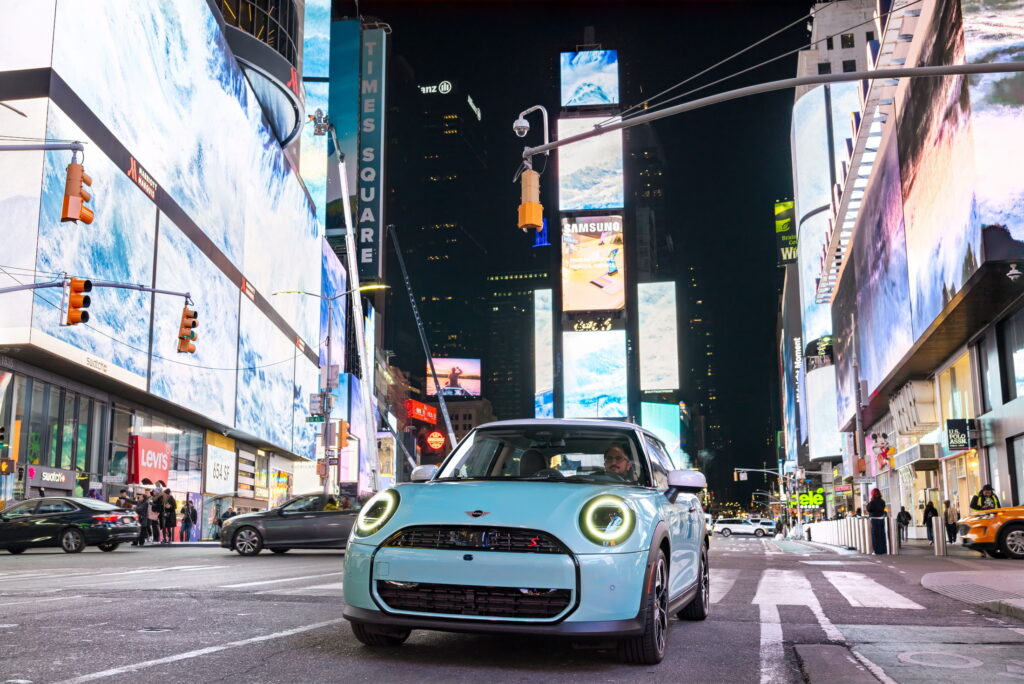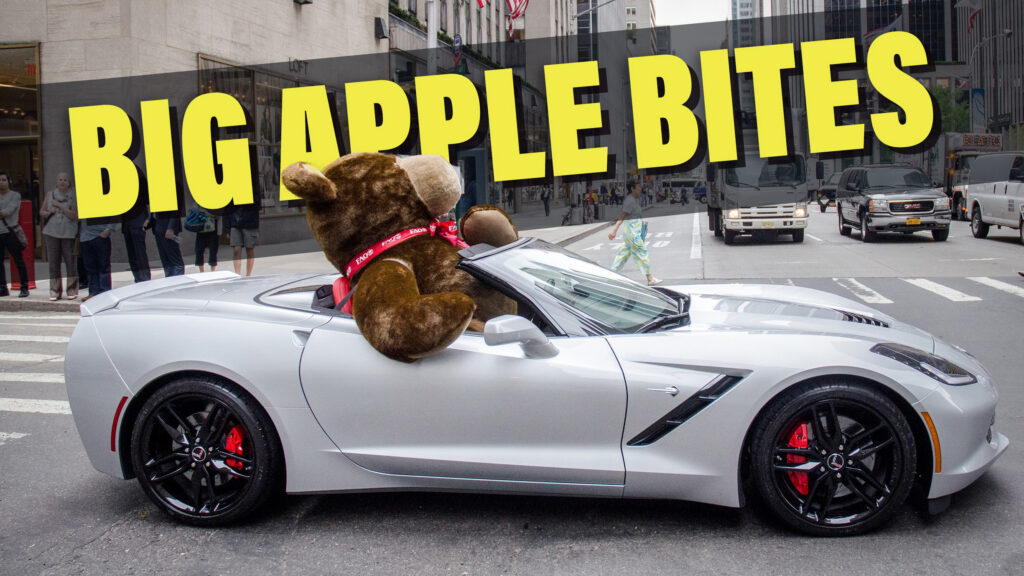- New York City implements a first-of-its-kind congestion toll in the US.
- Tolls vary depending on vehicle type, with cars paying $15, motorcycles $7.50, trucks and buses $24-$36, and app-based rideshares $2.50 per trip.
- Proponents see the toll as a way to ease congestion, speed up public transit, and improve the subway system. Critics argue it unfairly burdens out-of-state drivers and small businesses.
New York has become the first city in America to charge drivers a congestion toll, the Metropolitan Transportation Authority (MTA) announced this week. The majority of drivers will be charged up to $15 per day to drive south of 60th Street in Manhattan.
The toll will only be charged to drivers with a valid E-Zpass who are behind the wheel of a passenger vehicle or small commercial vehicle, and are driving into the city during the day. At night, it will cost them $3.75 to enter the congestion relief zone.
For motorcycle riders, the toll will be reduced to $7.50 during the day, and $1.75 at night. For trucks and some buses, the fee will be $24 to $36 during the day, and $6 to $9 at night. These drivers will only be charged once per day, whether they leave the congestion zone or not.
Read: NYC Drivers Dodge $108M In Speeding Fines With Crafty License Plate Tricks
On the other hand, taxi drivers will be charged $1.25 per trip into the zone, while app-based rideshare vehicles will be charged $2.50 per ride. Meanwhile, school buses registered with the NYC Department of Education will not be charged, nor will emergency vehicles or vehicles carrying people with disabilities. Low income drivers can apply for a 50 percent tax credit.
The MTA approved the measure by a vote of 11 to 1 after a significant public comment period. The authority said it received 25,600 written comments and heard 386 speakers at four public hearings about this contentious toll.

People driving south of 60th street will be charged $15 on top of a similar toll commuters are charged to use one of the bridges or tunnels entering Manhattan. That led some to push back against this measure, including lawsuits from small business owners in New Jersey, per the Associated Press. They claimed that under the scheme, out-of-state drivers are effectively being charged to fund New York City’s public transit system.
However, proponents of the measure say it will push more people to use New York City’s public transportation options, reducing congestion, speeding up public buses, and helping emergency vehicles reach their destinations faster. The plan is also being hailed as a way to reduce pollution and raise money to improve the subway system. The MTA says that it has already started working on improvements in anticipation of the increased usage that will follow the introduction of tolls in June.
“Today’s vote is one of the most significant the Board has ever undertaken, and the MTA is ready,” said MTA Chair and CEO Janno Lieber. “In advance of day one of tolling, we’ve increased service on 12 subway lines, advanced redesigns of the entire NYC bus network, and implemented the largest service increase in LIRR history. And there’s more to come.”





